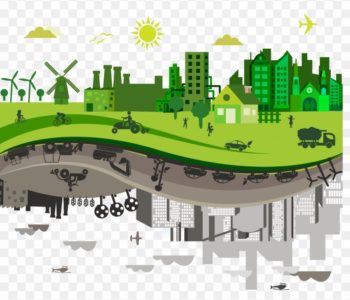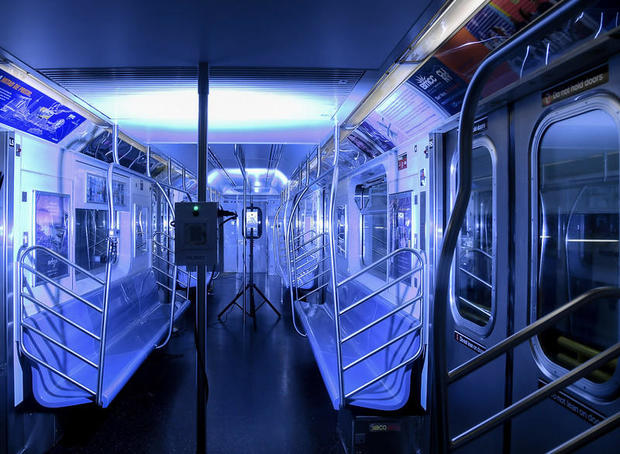 ESR7 - Adithya Pai Uppinakudru
ESR7 - Adithya Pai Uppinakudru
Hydrogen Future?
Recently, the concept of hydrogen fuels and its use has gained widespread attention and research. Studies have shown that hydrogen is a clean fuel that, when consumed, produces only water! Hydrogen fuel has the potential to revolutionize the way we power our vehicles and homes. One of the primary benefits of hydrogen fuel is its cleanliness unlike that of fossil fuels which produce harmful emissions such as carbon dioxide and nitrogen oxides. This makes it an attractive option for reducing greenhouse gas emissions and combating climate change. The following article tries to tread the hydrogen fuel science and attempts to provide an overview to this technology.

Firstly, as mentioned earlier, hydrogen-based fuel is clean. It produces only water and no other gases/solvents when consumed for the application. It has been found to be producible via variety of domestic resources such as natural gas, solar energy, biomass and nuclear power to name a few. Given that it can be produced with on-hand resources, hydrogen fuel is an attractive option for transportation and electricity generation. Hydrogen fuel cells have been found to be much quieter than traditional engines making them ideal for use in cars, buses etc.
Secondly, hydrogen is the lightest element in science and the most abundant. While it is most abundant, it still has to find ground in terms of research and understanding. In 2019, 96% of the hydrogen produced was from fossil fuels. The question from environmentalists and climate activists was – Burning coal to produce a cleaner energy? Sounds a bit anti-climactic, right?
Here is a list of possible methods to produce hydrogen fuel
1. Thermal Processes
This type of process involves mainly steam reforming. Steam reforming is a high-temperature process in which steam reacts with a hydrocarbon fuel to produce hydrogen. Any type of hydrocarbon fuel can be reformed to produce hydrogen. As of 2023, about 95% of all hydrogen fuel is produced by this process.
2. Electrolytic Processes
One of the most commonly spoken about hydrogen production processes is electrolytic process. Water can be separated into oxygen and hydrogen by a process called electrolysis. This process, while it seems easy, takes place in an electrolyzer (reverse fuel cell). It creates hydrogen using water.
3. Solar Driven Processes
Solar driven processes utilize light for production. Very few studies use these kind of processes as they are dependent on a lot of other factors for efficient production. Photobiological processes are one example for a solar driven process. This uses the natural photosynthetic activity of bacteria and green algae to produce hydrogen.
But the question arises, is it safe? Hydrogen on its own is known to be an extremely dangerous and flammable atom. Everywhere hydrogen is being used, there exists a big warning saying “Dangerous, Flammable substance”. Here are some myths and misconceptions that exist about this technology.

Myth : Hydrogen fuel is not safe
Fact: Hydrogen is less flammable than gasoline and its use in vehicles is subject to strict safety standards.
Myth: Hydrogen fuel is expensive
Fact: yes, initial cost of production maybe higher but the cost is expected to decrease as the technology improves
Myth: Hydrogen fuel cells are not efficient
Fact: These cells are more efficient compared to traditional combustion engines (Upto 60% higher).
Myth : Hydrogen fuel is not a proven technology and is still in its experimental phase
Fact: Hydrogen fuel cells have been around for over 50 years and used in a wide range of applications like aerospace, automotive industrial applications.
In conclusion, hydrogen fuel has the potential to play a role in the transition to a low-carbon, sustainable energy future. Although there are still plenty of challenges that need to be overcome before we achieve success. As technology advances and the necessary infrastructure is developed, we may see an increase in the use of hydrogen fuel in the years to come.
References
“Hydrogen Fueling Station Locations” by U.S. Department of Energy. Available at https://afdc.energy.gov/fuels/hydrogen_locations.html
“The Future of Hydrogen” by International Energy Agency. Available at https://www.iea.org/reports/the-future-of-hydrogen
“Hydrogen Myths” by American Public power Association. Available at https://www.publicpower.org/periodical/article/6-myths-and-facts-about-hydrogen









